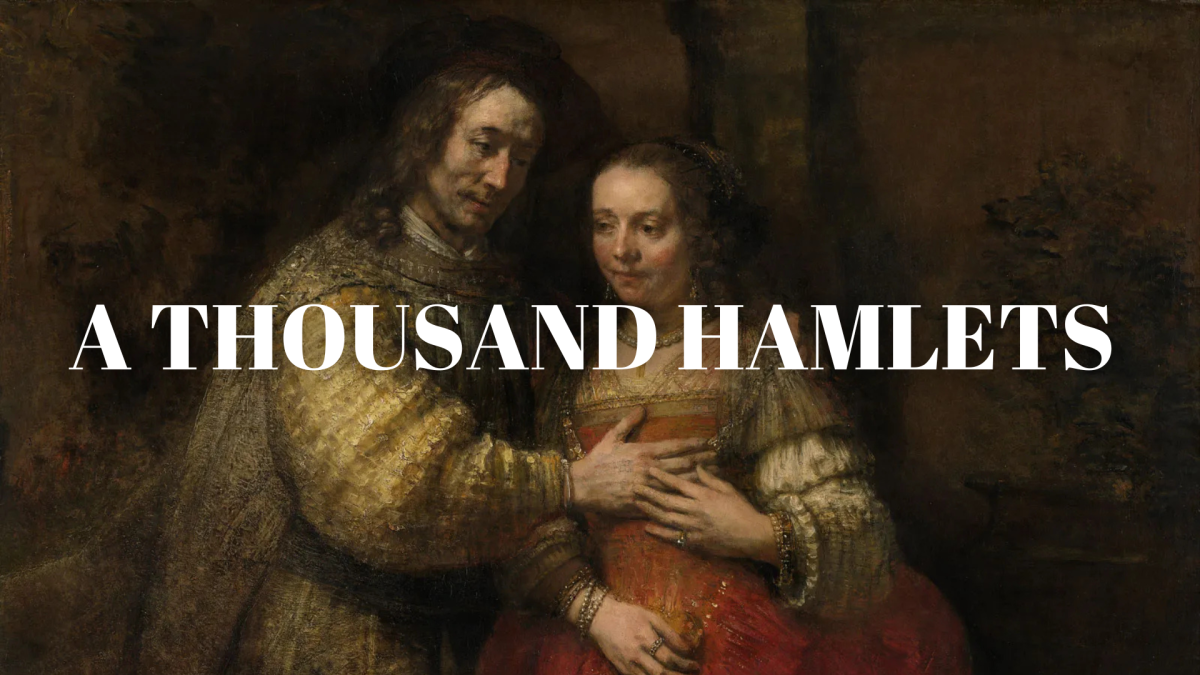
By Liu Yu
In Kate Chopin's short story "The Storm," the intricate relationship between nature and human emotion is vividly portrayed, particularly through the character of Calixta. The narrative opens with Calixta standing at a window, her countenance marked by profound disturbance as she wipes away the moisture from the frame. The oppressive heat serves as a metaphor for her internal conflict, while the torrential rain and incessant lightning outside obscure the landscape, transforming distant cabins into indistinct forms. This chaotic environment acts as a catalyst for Calixta's repressed desires, culminating in an awakening that challenges conventional notions of female sexuality.

Chopin's work critically interrogates the long-standing ideology of "female abstinence," presenting a nuanced exploration of women's sexual autonomy within a naturalistic framework. The storm emerges as a potent symbol of liberation, illustrating how external forces can provoke significant internal transformations. Calixta's gradual realization of her desires-caught between societal expectations and her inclinations-reveals the complexities inherent in female identity. As the storm intensifies, her awakening signifies that sexual choices are as natural and inevitable as the tempest itself.
Moreover, Chopin deftly employs environmental descriptions to reflect Calixta's emotional state. Phrases such as "stiflingly hot" evoke her entrapment within traditional gender roles, while the arrival of the storm marks a pivotal shift. The rain, which falls in sheets, obscures her prior constraints, facilitating the emergence of her desires. This interplay between nature and emotion underscores the narrative's exploration of the female psyche, challenging reductive interpretations of female sexuality.
Chopin's narrative also invites a critical examination of reader response, particularly concerning entrenched male-centered perspectives. The transition from domesticity to infidelity compels readers to reevaluate their moral judgments regarding female characters. By situating the extramarital affair within the context of nature's inevitability, Chopin posits that human desires are intrinsic phenomena, transcending moral dichotomies.
In conclusion, "The Storm" serves as a profound commentary on the liberation of female desire, advocating for the recognition and acceptance of women's sexual autonomy. Chopin's exploration extends beyond mere rebellion against societal norms; it encapsulates the complexities of human emotion and desire. By framing the external tempest as a reflection of the internal storm within, Chopin articulates a vision of sexual liberation that resonates with the broader discourse on gender and autonomy, positioning herself not merely as a feminist writer but as a critical observer of the human condition.
Related News:
A Thousand Hamlets | Nostalgia and future: Examining Cantonese cultures in Hong Kong




















Comment